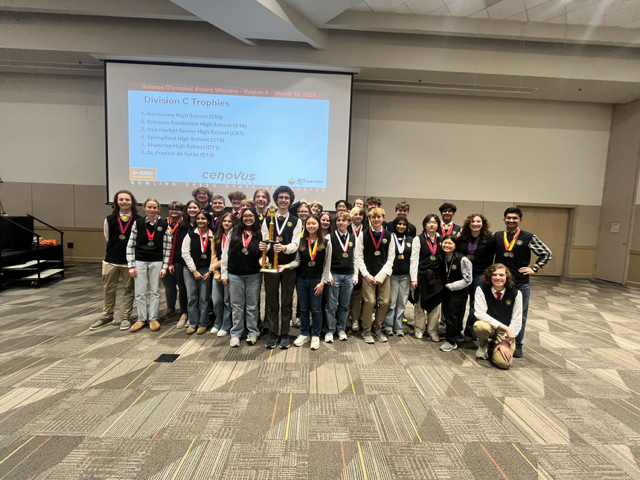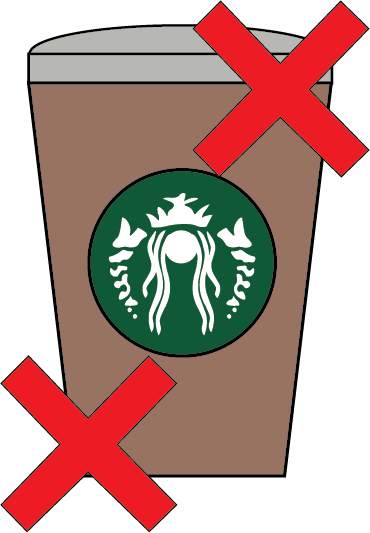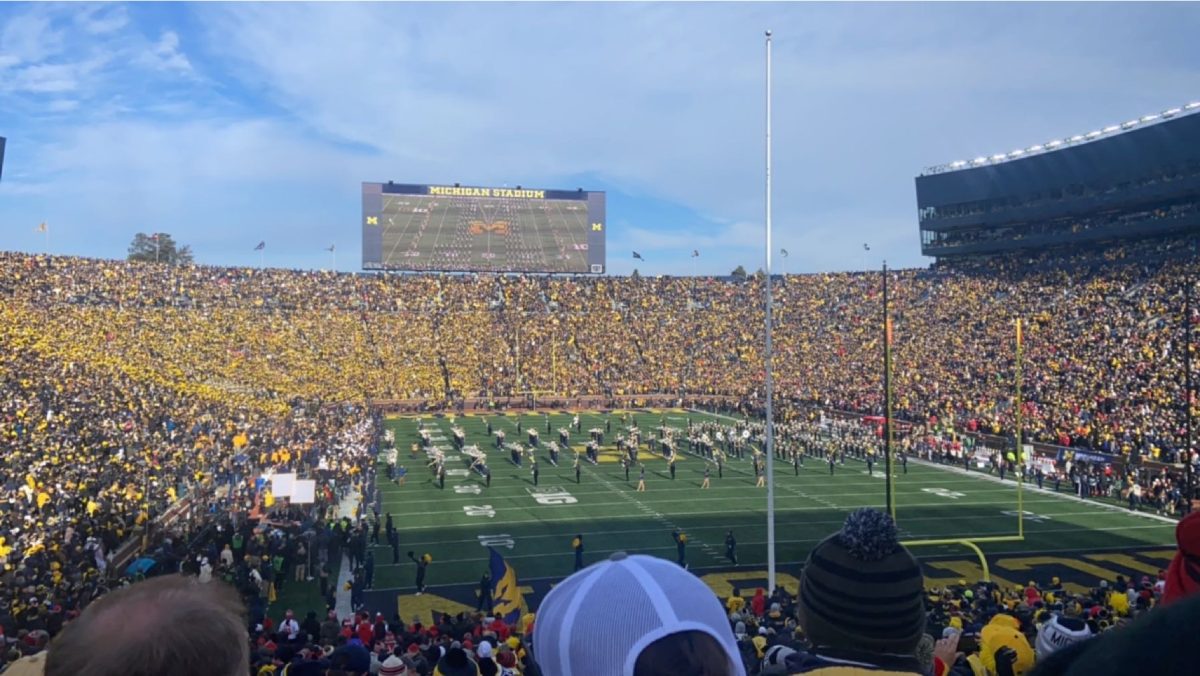For quite some time now, the drug pricing in America has made crucial drugs and medications very inaccessible for the average person. For example, EpiPen is a single-use medication needed by those with severe allergic reactions that could potentially end in anaphylactic shock. Mylan, the name brand producer of EpiPens, charges around $300 for just one dose even though they cost roughly $30 to produce. These prices equal out to a 90% profit rate, showing that companies, like Mylan, profit off of the suffering of other people. It’s no question that this is a pattern continued throughout the industry, and top executives of seven pharmaceutical prices were confronted about the spiraling drug prices in America.
Pfizer, Merck, AbbVie, AstraZeneca, Bristol-Myers Squibb, and Sanofi had CEO representatives present along with an executive vice rep from Johnson & Johnson’s Janssens Pharmaceuticals. Despite agreeing that drugs should be more affordable, the executives were hesitant to promise on cutting drug prices without other reforms.
As the Senate questioned the execs from each company, the responses seemed to bounce from excuse to excuse. One argument claimed that they should not be held accountable for the prices, as other positions like the pharmacy benefit managers have more influence over it than they do. Another argument claimed that there are rebates that just “don’t always reach consumers.”
Abbvie, a company that produces the drug Humira, has the price currently set at around $62,000 a year. The price of Humira has nearly double over the past six years, and the increase has been too big to go unnoticed. Humira is used to treat rheumatoid arthritis, chronic plaque psoriasis, and Crohn’s disease to name just a few of its uses.
CEO Richard A. Gonzalez was confronted about his earnings this year, rounding out to about $22.6 million including his $4.3 million bonus. Sen. Ron Wyden asked if his bonus would go down if the price of Humira did as well, but Gonzalez concluded that his bonus takes many factors into account.
Although the problem seems like an easy one to solve, a study conducted at Harvard sought to find why the drug prices in America have skyrocketed to such high rates. The study conducted lead to five main reasons that contribute to the high drug prices in America.
Unlike other countries, American pharmaceutical companies set their own prices. Countries that have national health programs have government sections that negotiate drug prices and whether or not they will cover drugs that are deemed excessively priced.
Another big problem prevalent in this industry are the monopolies. America has placed a patent system that allows manufacturers that have had a patent for 20 or more years to be the sole creator of that drug.
This system was put in place to promote innovation, but the question comes down to what is more important – innovation or the life of a sick human being. Not to say that innovation in the pharma industry is a bad thing, but that restricting people in need because of affordability to promote that innovation seems inhumane.
Once there are two generic forms of medication on the market, the price drops to 55% of the original name brand cost. Add five generic forms of the medication to the market, and the price drops to only 33% of the original cost. These monopolies make it very difficult for generics to be produced, which allows the name brand to continue to charge the amount they do. The FDA application process for generic productions not protected by the patents can also take three to four years to be approved.
The drug crisis in America will not be an easy one to solve, but the conversations rising about it are a good place to start.
















